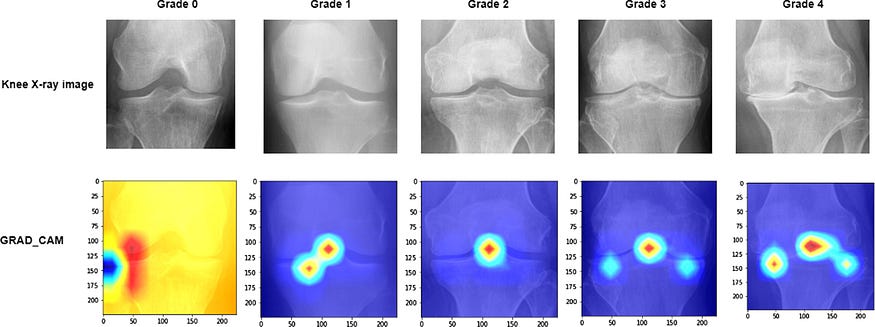
Review
Challenges Facing KOA Grading Using Deep Learning
Suggestions to Help in Solving KOA Grading
In my opinion, the latest deep learning models and transformers can help solve this problem. For instance, ensemble deep-learning networks have been developed to predict a consistent and accurate KL grade for knee OA severity using a deep-learning approach. Transfer learning-assisted 3D deep learning models have also been used for knee OA detection[13]. Moreover, pre-trained SOTA deep learning models including ConvNeXt and ConvNeXt V2 have been fine-tuned using the ordinal loss function for automatic detection of knee OA stages according to the KL grading system[11]. These models have shown promising results and can be further improved by using large-scale datasets with accurate annotations and by developing models that can handle visual disturbances.
Another potential concept for solving KOA Grading problem can be the Mixture of experts (MoE). This can be a promising approach for knee osteoarthritis (KOA) grading system using deep learning. MoE is a neural network architecture that combines multiple sub-networks, each of which specializes in a different part of the input space. MoE has been used for various medical image analysis tasks, including segmentation, classification, and detection. MoE can be used to handle the ordinal nature of the KL grading system by partitioning the prediction space into multiple regions, each of which corresponds to a different KL grade.

References
(1) Ensemble deep-learning networks for automated osteoarthritis grading in …. https://www.nature.com/articles/s41598-023-50210-4.pdf.
(2) Exploring deep learning capabilities in knee osteoarthritis case study …. https://ieeexplore.ieee.org/abstract/document/8900714.
(3) Osteo-Doc: KL-Grading of Osteoarthritis Using Deep-Learning. https://ieeexplore.ieee.org/document/9787470.
(4) Knee osteoarthritis severity classification with ordinal regression …. https://link.springer.com/article/10.1007/s11042-021-10557-0.
(5) Knee arthritis severity measurement using deep learning: a publicly …. https://arxiv.org/abs/2203.08914.
(6) Transfer learning-assisted 3D deep learning models for knee …. https://www.frontiersin.org/articles/10.3389/fbioe.2023.1164655/full.
(7) Automatic Detection of Knee Osteoarthritis Severity with SOTA Deep …. https://ieeexplore.ieee.org/document/10223879/.
(8) Automating classification of osteoarthritis according to Kellgren …. https://bmcmusculoskeletdisord.biomedcentral.com/articles/10.1186/s12891-021-04722-7.
(9) A Modified Comprehensive Grading System for Murine Knee Osteoarthritis …. https://www.biorxiv.org/content/10.1101/2021.05.05.442864v1.
(10) Automated grading of knee osteoarthritis X-ray images based on …. https://ieeexplore.ieee.org/document/9669623/.
(11) Toward automatic quantification of knee osteoarthritis severity using …. https://link.springer.com/article/10.1007/s11548-019-02096-9.
(12) Improved Prediction of Knee Osteoarthritis by the Machine … – Springer. https://link.springer.com/article/10.1007/s43465-023-00936-0.
(13) Hybrid Techniques of X-ray Analysis to Predict Knee Osteoarthritis …. https://www.mdpi.com/2075-4418/13/9/1609/html.
(14) A Modified Comprehensive Grading System for Murine Knee Osteoarthritis …. https://www.biorxiv.org/content/biorxiv/early/2021/05/06/2021.05.05.442864.full.pdf.

Comments
Post a Comment